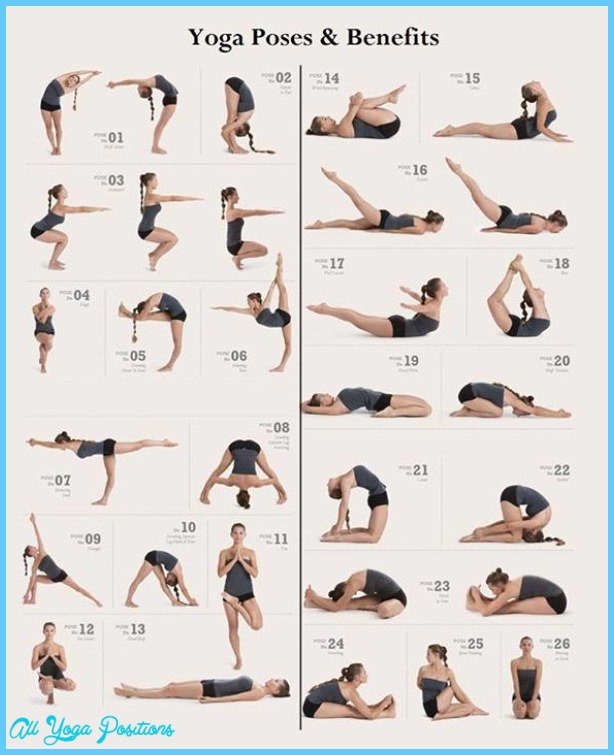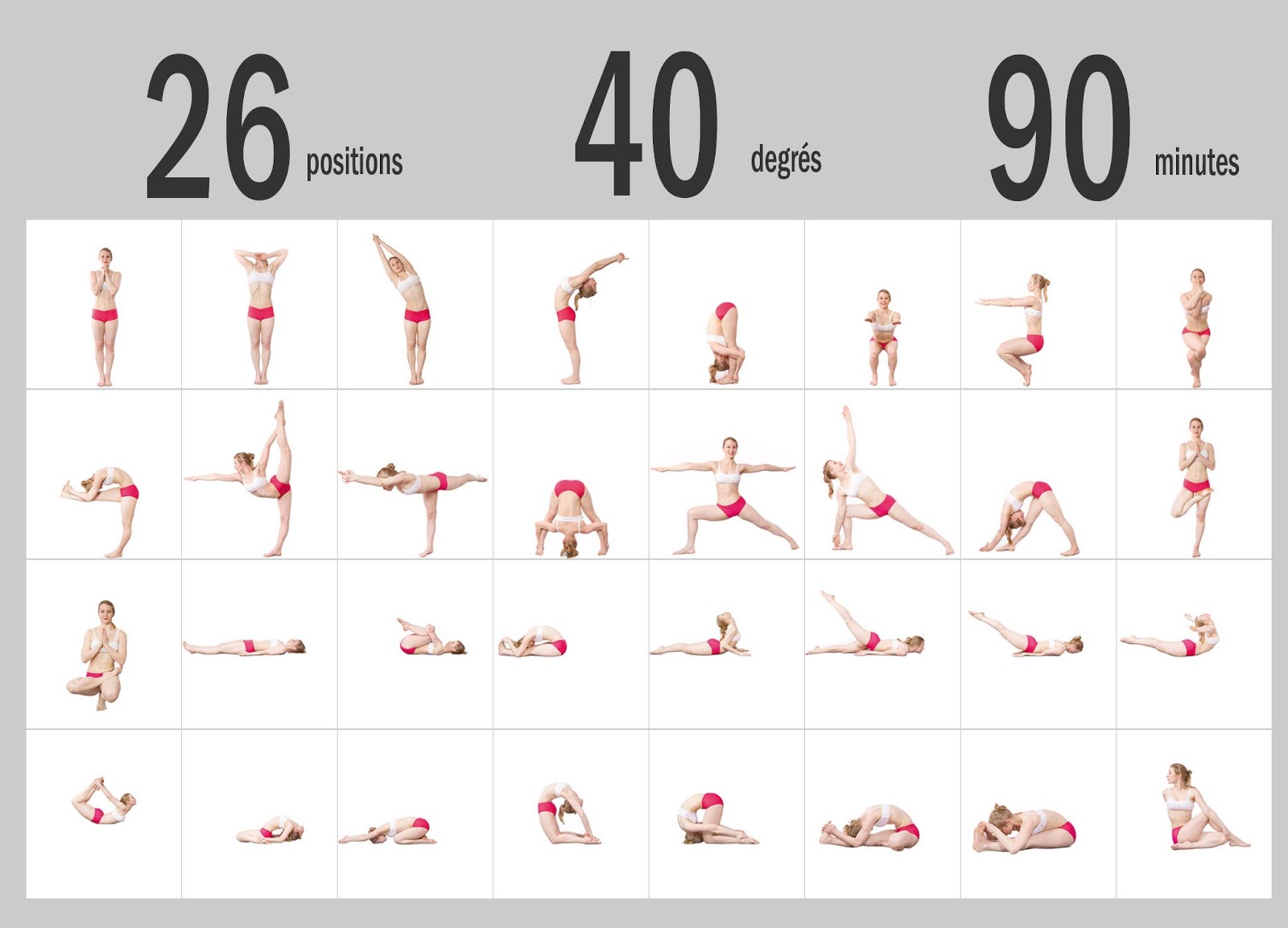
Then, of course, you can get the same effect by going to a sauna. However, if your goal is to increase your tolerance to heat and work with thermoregulation, Bikram might be your choice. Vinyasa yogins will also be more aerobically fit. Side-by-side, a skilled vinyasa practitioner will be stronger than one who practices Bikram or hot yoga.

It relies more on the sequencing of postures, i.e., the order they are put together, to build internal heat and strengthen your body. Vinyasa runs the gamut of being a very accessible, mild class to one that is extremely difficult. It would seem more like a stretchy class if you took the same practice to an 80☏/27☌ room. However, the heated environment provides most of the intensity. Intensityīikram yoga is famously called a “ torture chamber.” As you might imagine, it draws many Type A people who love the extreme nature of it. I explore the reason why under “Bikram Hot Yoga Temperature vs. But purists insist on the 90-minute standard.ĭoes the time affect the quality of the class? If you are doing hot yoga, shorter classes may be healthier for you. In recent years I’ve seen more experiments with shorter hot yoga classes because people are busy. Vinyasa yoga, along with other practices, used to be around 90 minutes, but today 60-75 minutes is commonplace with a trend toward shorter classes. Timeīikram and original hot yoga classes are 90 minutes in length. Also, unlike Bikram yoga, which follows a script, vinyasa is more dependent on the quality of the yoga teacher. Vinyasa yoga, by definition, varies, so you see differences in the length of classes, postures done, and studio environment. In contrast to Bikram, vinyasa yoga, also called “flow yoga,” is a breath-centered practice that changes each time you do it.

They also distanced themselves from Bikram, the person, which allowed them to offer various types of yoga classes. Many Bikram yoga studios decided to rename themselves in recent years, which is why you see multiple names for the same practice. Hot yoga can be any yoga practice done in heat, but references to 26/2 or “original” yoga mean it’s a Bikram practice. It is 26 postures, repeated twice for 60 and 30 seconds respectively, in 105☏/40☌ heat, for 90 minutes. Is Bikram Yoga Hot Yoga?īikram yoga refers to the yoga practice created by Bikram Choudhury. However, there are some caveats you should consider, specifically in practicing Bikram and hot yoga. Personally, I think anything that gets more people to practice yoga is a positive thing. Today as a vinyasa yoga teacher, I’m better able to look at each practice to see how they compare. When I first started practicing yoga, there weren’t many yoga options, so I frequently did Bikram yoga.

Differences Between Vinyasa Yoga and Bikram Yoga I leave the latter to the work of others. And note my aim is to look at the effectiveness of the Bikram yoga practice instead of the man. There are other distinctions that might make one practice method work better for you. Vinyasa yoga has a variable sequence and a characteristic “flow.” All other factors change. Bikram yoga is 90 minutes, done in a hot room (105☏/40☌), and features the same 26 postures. The key differences between vinyasa and Bikram yoga include time, temperature, environment, and sequence type. So let’s explore the question, what is the difference between vinyasa yoga and Bikram yoga? But each type of yoga has its strengths and liabilities. As a yoga teacher, I realize when you first start out, all yoga looks the same.


 0 kommentar(er)
0 kommentar(er)
